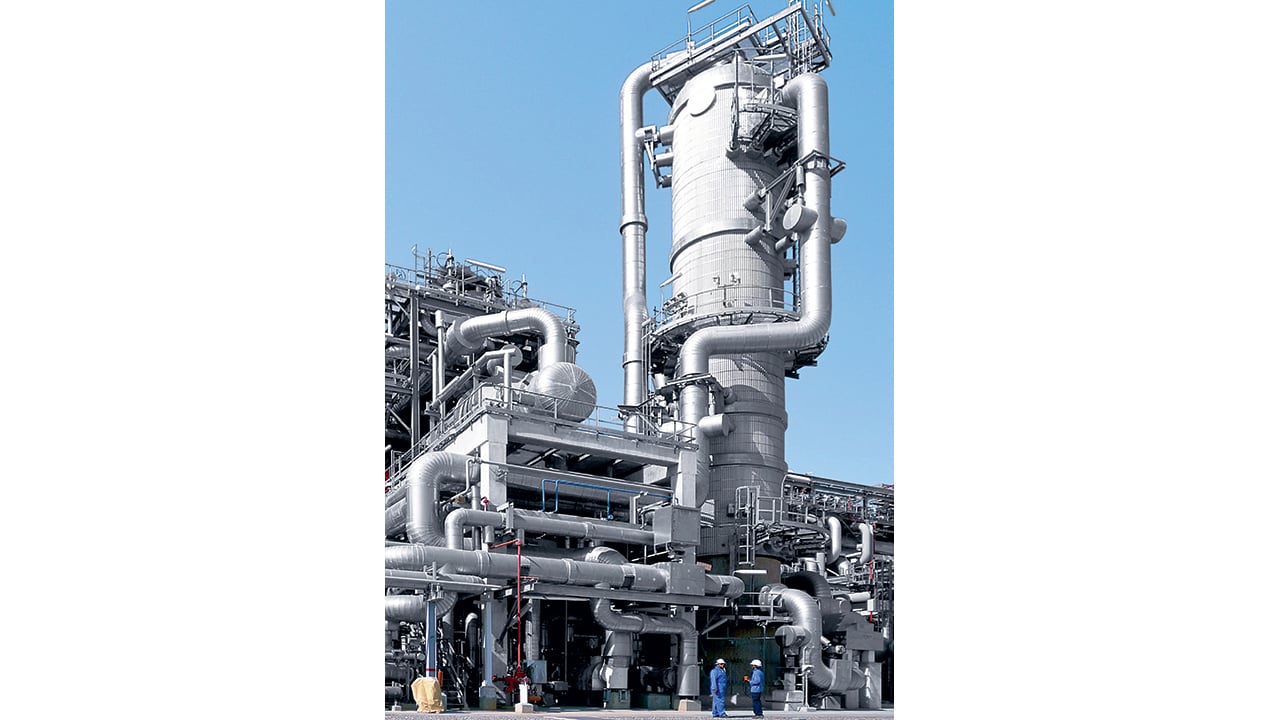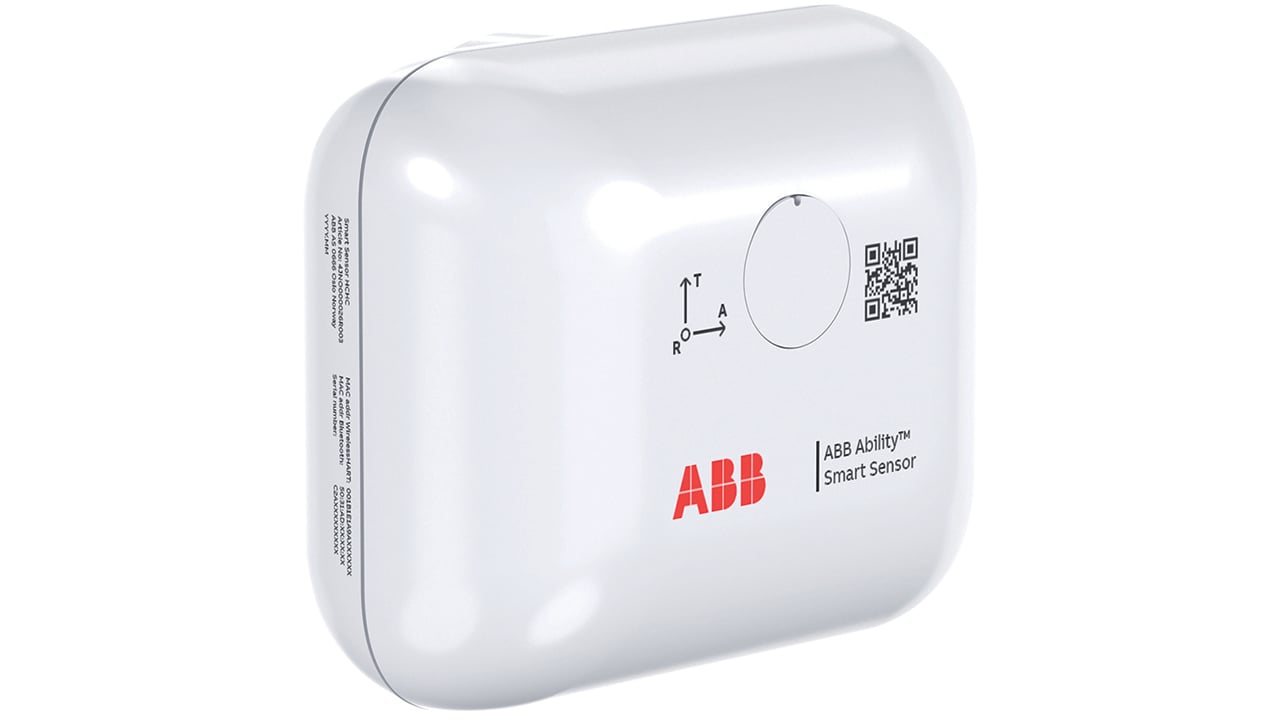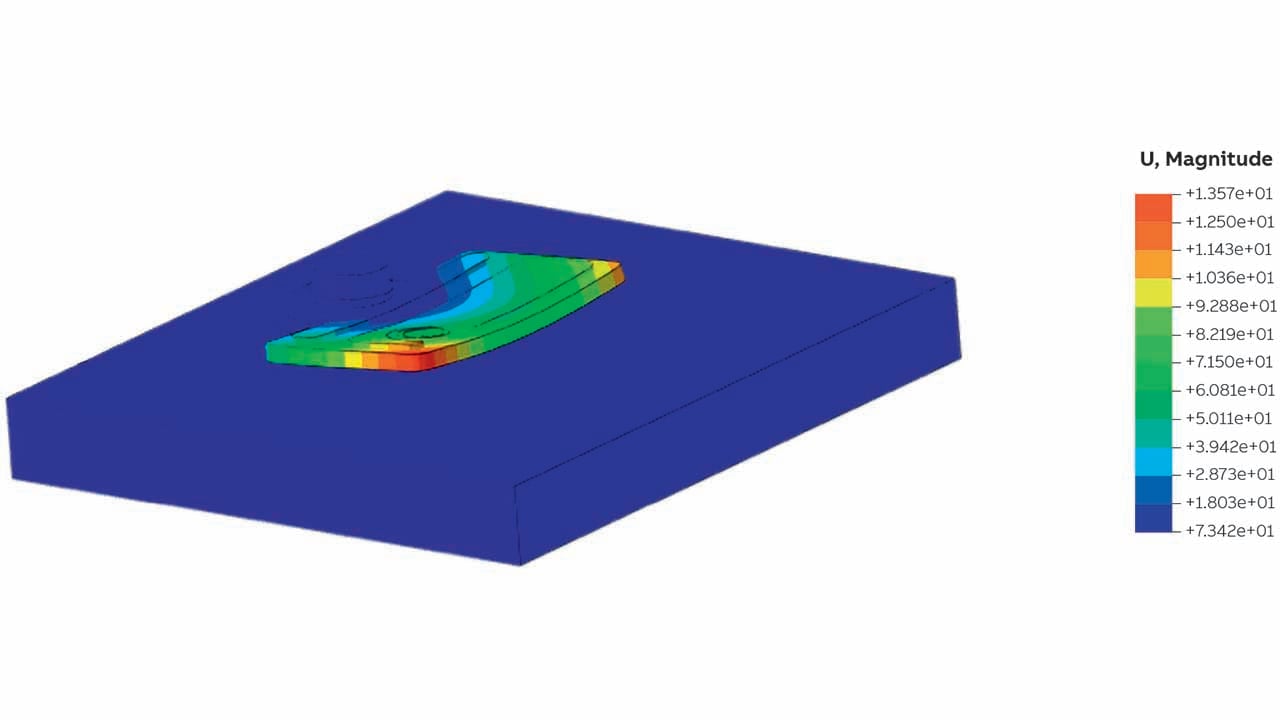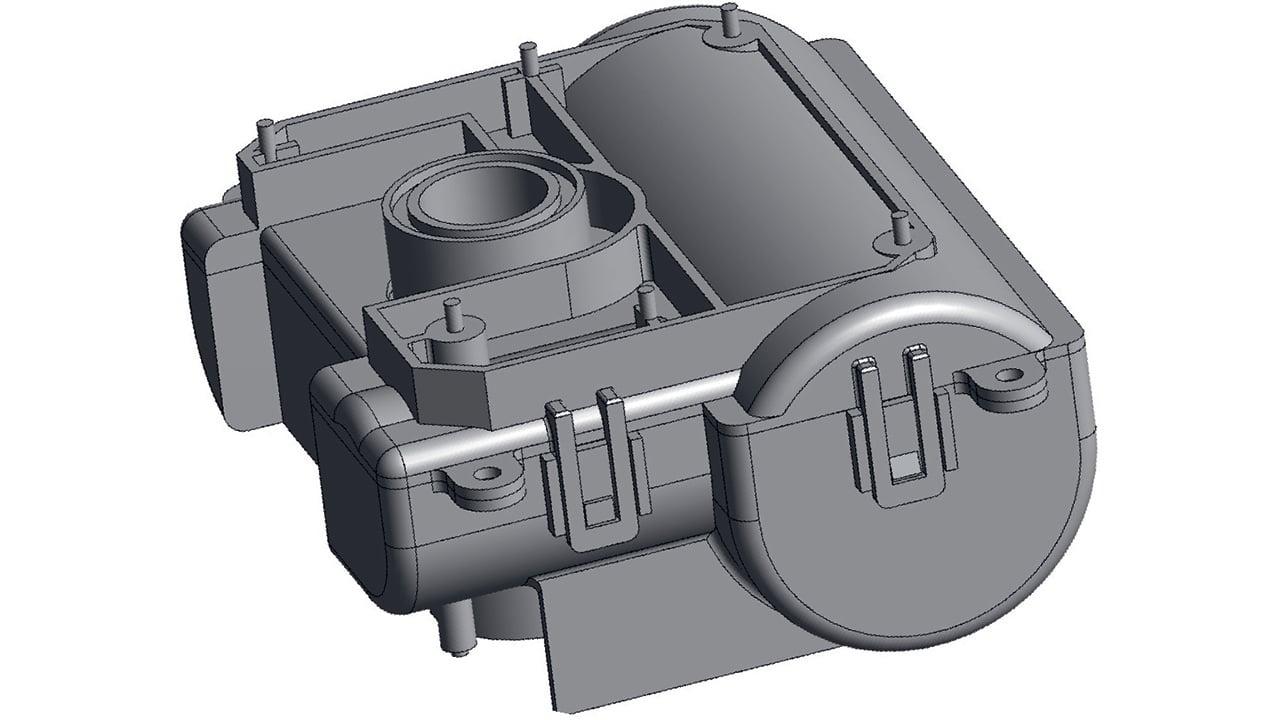Content Center
- View All Content
- Videos
- White Papers
- 4 reasons to upgrade to modern motor systems
- ABB Energy Efficiency White Paper
- Designing for Optimum Energy Management
- Digital Manufacturing Journey
- Energy Efficiency Playbook
- Energy efficiency - What You Measure Matters
- How to Read a NEMA Motor Nameplate
- How to extend the life of your motor bearings
- Improving end-to-end system efficiency
- NEMA vs. IEC Efficiencies
- Overcoming HVAC Challenges In Your Facility
- Success Stories
- Articles
- Flyer
- Brochure
- Interactive Brochure
- Podcast
- ABB NXR US Motor, the High Horsepower Solution
- Advantages of a DC to AC Motor Conversion
- Are Your HVAC Motor Bearings Protected?
- Condition Monitoring Using ABB Ability
- Do you have the right motor for your VFD controlled application?
- Drive system efficiency
- Eco-design
- Embrace the Digital
- Frequently Used Motor Terms
- How Motors Impact Water Operations
- IEC and What it Means in the US
- IEEE Standards & What You Should Know
- Induction vs. Synchronous
- Industrial Cold Storage
- Misconceptions Between NEMA and IEC efficiencies
- Protect Your High Voltage Motor Using ABB LEAP Analysis Tool
- When to Start Thinking Severe Duty Motors
ABB Review | 02/2020 |
Launched in 2016, the ABB Ability™ Smart Sensor today operates in thousands of customer applications worldwide. ABB has now launched a new Smart Sensor that is suitable for hazardous environments.
Over the past ten years, ABB has released several integrated, intelligent sensors, such as WiMon100, the ABB Ability Smart Sensor for motors, the ABB Ability Smart Sensor for pumps and the ABB Ability Smart Sensor for mounted bearings and gearing.

01 The new ABB Ability Smart Sensor is specially designed for hazardous environments.
Launched in 2016, the ABB Ability Smart Sensor family is now found in thousands of customer applications worldwide; however, a cost-efficient version of the product for rotating machines operating in hazardous areas was absent. To fill this gap, ABB has designed a new generation of ABB Ability Smart Sensors that can be used on equipment operating in explosive atmospheres. Ensuring the new sensor would comfortably survive in such environments – and be an improvement over existing ABB sensors – placed extreme design demands on the device, which would have to:
• Measure high-frequency vibrations.
• Demonstrate physical resilience against harsh and hazardous ambient conditions.
• Have a lifetime that matches that of most monitored equipment, with
one – non-replaceable and non-rechargeable – battery.
• Use a flexible firmware architecture to accommodate different product needs in the future →01–02.

02 Resilience, long lifetime, a futureproof design, and an ability to cope with vibrations were some of the design demands placed on the new sensor.
Challenge 1: measuring vibration
Whereas most equivalent sensors on the market measure only vibrations and temperature, the ABB Ability Smart Sensor measures vibrations, magnetic field, temperature and acoustics. Consequently, the sensor can measure the speed of rotation of motors with a very high accuracy.
Vibration sensors are becoming commonplace in consumer electronics and industrial automation – but creating a high-quality vibration sensor is no easy task. For example, it is essential to stop resonances occurring anywhere in the sensor body from impacting the transducers that pick up vibrations from the machine being monitored. Many aspects make the problem more difficult to solve: positioning, mounting brackets, and method of attachment to cite a few. Doing so at the lowest possible cost is a complex tradeoff to solve.
ABB’s first approach to the new sensor used a large pressed-steel plate at the bottom of the sensor to transmit the vibrations of the monitored asset in as direct a manner as possible. The sensor had two electronic boards: one glued to the metal plate (itself screwed to the asset) and another connected to the plate and that board using only a flexible cable →03.

03 Early version of the metal plate model showing strong deformation at resonance frequency.
This first version of the metal plate delivered a poor performance with respect to self-resonance: Resonance forces from the body of the sensor propagated to the pressed metal base and were picked up by the vibration transducers. By using a fine-grained model of the sensor and metal plate, however, many alternatives were simulated, resulting in a metal plate that not only sticks completely to the machine without propagating vibration forces from the body of the sensor to the location of the vibration transducers, but also maintains cost targets →04.

(1/2) 04a Sensor base and plate lug, oblique view.

(2/2) 04b Sensor base and plate lug, side view.
Challenge 2: building a sensor for hazardous areas
Hazardous-area-certified sensors available on a global scale must comply with a large range of detailed requirements set out in several standards. Some essential conditions are:
• An internal short circuit in the battery shall not cause heating that can ignite gas.
• Internal hardware shall not cause heat or a spark that can ignite gas.
• If the enclosure is compromised, and the sensor is filled with conductive material, no heating or sparks shall occur that may ignite gas.
• The sensor must sustain stresses arising from its environment.
The first condition is typically taken care of by checking the temperature that can be reached under the most extreme conditions. In the case of a battery-powered sensor, such conditions are checked by having the batteries short-circuited and the resulting temperatures remaining below the maximum limit defined by the standard, 135 °C (temperature class T4). In the design of the Smart Sensor for hazardous areas, this temperature criterion is met. Heat is also routed to the rest of the mechanical structure and absorbed by the plastics in the casing.
The last condition in the list above is to make sure that the sensor can survive even the most extreme environmental conditions. For the smart sensor, the target operating range was - 40 to +85 °C – typical for most industrial electronic components. Highly accelerated life tests (HALTs) were performed to test the sturdiness of the sensor outside of the nominal operational window – through cycles of high and low temperatures and through a combination of high vibrations and extreme temperatures. The results of the HALT tests showed that the sensor survives ranges of temperatures from -70 to 130 °C, which is well beyond the original target →05.

(1/2) 05a Temperature cycling.

(2/2) 05b Detail of the sensor under test mounted to its plate.
Challenge 3: Building a battery-powered wireless sensor with a long lifetime
The ABB Ability Smart Sensor for hazardous areas has a battery life up to three times longer than most competing designs, and can match the lifetime of the monitored equipment. It also benefits from added range from the Bluetooth 5 protocol. The main battery cannot be replaced or recharged. Replaceable or rechargeable batteries are undesirable because:
• Replaceable batteries can increase the cost of the sensor to the point where it makes more sense to simply change the entire sensor – and get new electronic components with higher performance into the bargain.
• There is a risk that the user would compromise the hazardous area protection status by inserting the new batteries incorrectly.
• Ingress protection against dust and water could also be compromised if the batteries are not replaced correctly.
The combined goal of designing an embedded system with a design life of up to 15 years as well as providing a reliable indication of remaining battery life is difficult, for at least three reasons:
• To limit battery internal leakage current, the temperature experienced by the battery must be moderate.
• To prevent the soldered pads from breaking, vibration forces from the battery and the sensor must not propagate to the interface between the two.
• The sensor’s power consumption must be kept low, even with a large battery installed.
In the new smart sensor, the battery and its soldered pads are enclosed in a battery holder that is separated from the primary heat sources by an air gap, which protects it from the heat coming from the monitored asset →06.

06 Battery holder inside the sensor.
To evaluate the temperature-dependent leakage current of the battery, the sensor measures battery temperature during operation and estimates the corresponding leakage current based on a proven battery model.
In a further battery charge measurement tactic, the firmware uses a points system to calculate the charge consumed by normal sensor operations. Most of the time, the sensor is in a deep sleep and consumes very little power, but when the sensor wakes up, its power consumption ramps up. The sensor records how much time each battery-consuming operation takes – for example, the duration of a Bluetooth chip activity. From the durations and power curves of the operations, the consumed charge is calculated and subtracted from initial battery capacity. Based on a rolling average value of the consumption, remaining lifetime is estimated and published. This approach captures actual battery usage rather than relying on a predefined battery lifetime and assumed power consumption levels, which are often inaccurate.
Challenge 4: Futureproof firmware and software
The new Smart Sensor firmware and software have two major goals: to support the creation of different types of sensors in the future and to allow a deployed sensor to be reconfigured for monitoring various asset types. As an example of the latter goal, a new sensor could be reconfigured on-the-fly to be used either as a motor sensor or a pump sensor – or for any other asset type, characterized by selecting predefined or custom-made machine profiles. The sensor’s firmware can be adapted easily to new requirements due to a flexible software architecture that decouples individual components from the hardware/operating system platform. These components communicate using a publish-subscribe middleware. Overall, the firmware is organized as a software product line, making it futureproof and thus suitable for the creation of new sensor variants based on the same underlying platform.
Testing of these multiple configurations and advanced features requires automatic testing, which must be tracked and managed. For this purpose, ABB has commissioned a continuous integration testing suite that ensures data gathering works as expected, any bugs introduced by reconfigurations or firmware changes are caught, algorithm upgrades are rigorously tested, and the firmware meets the requirements regarding low power consumption.
Based on increasing awareness of data protection, ABB has also been developing comprehensive cybersecurity features to satisfy customer requirements. These include secure key exchange for Bluetooth communication with out-of-band pairing, Bluetooth encryption, user authentication, role-based access control, and secure firmware update.
Smart for the future
The new smart sensor is a technological success that measures vibrations with an accuracy higher than that of all previous smart sensors. Hazardous-area certification (ATEX and IECEx: Zone 0, Zone 20, Class I Division I and Class 2 Division I) for this extremely sturdy sensor has been granted. Also, the sensor has benefitted from a
design effort that introduces some features that significantly improve the operator’s experience: easy-to-use sensor commissioning through NFC (near-field communication) activation, improved antenna design for optimal wireless communication, and extended battery lifetime.
In summary, the latest sensor offers comprehensive cybersecurity features, flexible firmware platform, optimized performance, and real-world control and evaluation of power consumption. These enhancements bring even more value to customers and make the new ABB Ability Smart Sensor for hazardous environments the de facto standard for condition monitoring of rotating equipment.
